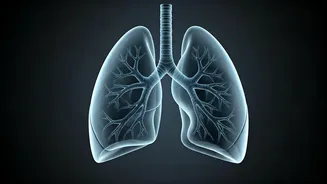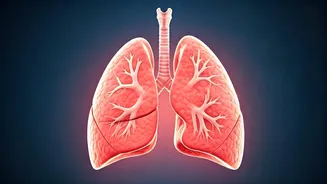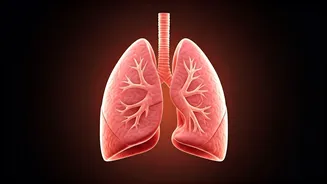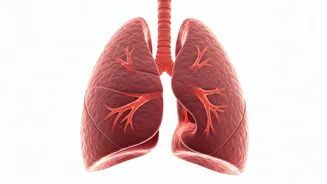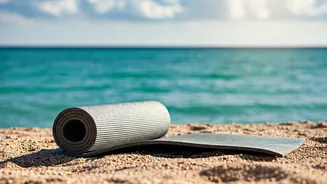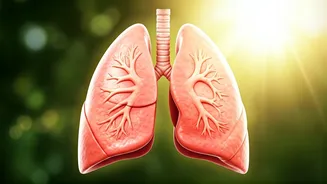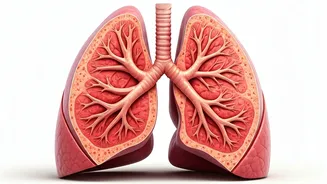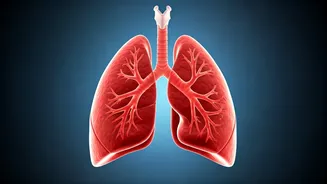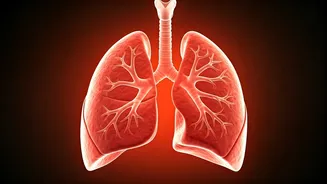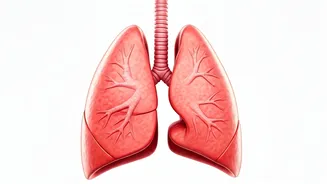Anulom Vilom
Anulom Vilom, also known as alternate nostril breathing, is a fundamental pranayama technique. This practice involves breathing through one nostril while
blocking the other, and then alternating. Start by sitting comfortably with your spine straight. Use your right thumb to close your right nostril and inhale deeply through your left nostril. Then, close the left nostril with your ring finger and exhale through your right nostril. Inhale through the right nostril and repeat the cycle. Anulom Vilom is known for its calming effect on the nervous system and can help to reduce stress and anxiety, which are often exacerbated by pollution. Regular practice can enhance oxygen intake and improve respiratory function, making it an excellent choice during periods of poor air quality.
Kapal Bhati
Kapal Bhati is a powerful breathing exercise that involves forceful exhalations followed by passive inhalations. Sit comfortably with your spine erect. Place your hands on your knees and close your eyes. Inhale deeply, then exhale forcefully, contracting your abdominal muscles. The exhalation should be short and quick, while the inhalation happens naturally. Kapal Bhati helps to cleanse the respiratory system by removing stagnant air and toxins. It strengthens the abdominal muscles and can improve lung capacity. It is important to perform this practice with awareness and to avoid overexertion. Beginners should start with a few rounds and gradually increase the duration and intensity as their comfort and capacity improve. It's advisable to learn Kapal Bhati under the guidance of a qualified yoga instructor.
Bhujangasana Details
Bhujangasana, or the Cobra Pose, is a back-bending asana that offers numerous benefits for the respiratory system. Lie on your stomach with your legs extended and the tops of your feet resting on the floor. Place your hands under your shoulders, with your elbows close to your body. Inhale and slowly lift your chest off the floor, using your hands for support while arching your back. Keep your shoulders relaxed and your gaze forward. Hold the pose for a few breaths, feeling the expansion in your chest and lungs. Slowly lower your chest back to the floor. Bhujangasana opens the chest and increases oxygen intake, thereby improving lung function. It also strengthens the spine and alleviates stress, contributing to overall well-being. Practicing this pose indoors, in a ventilated area, can be particularly beneficial during periods of heightened pollution.
Ustrasana Benefits
Ustrasana, or the Camel Pose, is another effective asana for enhancing respiratory health. Kneel on the floor with your knees hip-width apart. Place your hands on your lower back for support, with your fingers pointing downwards. Gently lean back, arching your spine and opening your chest. You can choose to reach for your heels if you feel comfortable, or keep your hands on your lower back. Hold the pose for a few breaths, focusing on deep inhalations and exhalations. Ustrasana expands the chest cavity, promoting deeper breathing and improving lung capacity. It stimulates the abdominal organs and can help to relieve stress. Practice this pose cautiously, especially if you have back issues, and always listen to your body. Practicing Ustrasana in a well-ventilated indoor space can help to maximize its benefits during times of poor air quality.
Bhramari's Power
Bhramari Pranayama, or the Humming Bee Breath, is a calming and grounding breathing technique. Sit comfortably, closing your eyes and relaxing your shoulders. Use your thumbs to gently close your ears. Place your index fingers lightly on your forehead, and the remaining fingers over your eyes. Inhale deeply, and as you exhale, make a humming sound like a bee. Feel the vibrations throughout your head. Continue this for several rounds, focusing on the sound and your breath. Bhramari Pranayama helps to calm the mind and reduce stress, promoting relaxation and aiding in deeper, more effective breathing. It can be particularly beneficial during periods of high pollution, as it helps to soothe the nervous system and encourages a sense of inner peace. Practice this simple yet powerful technique indoors in a ventilated area to enhance its effects.
